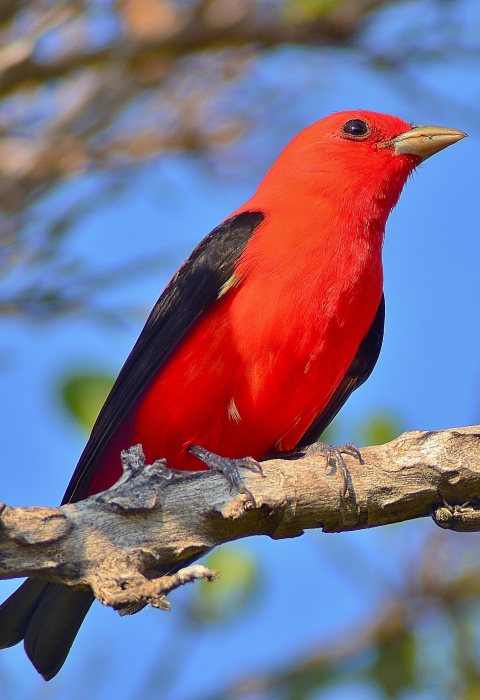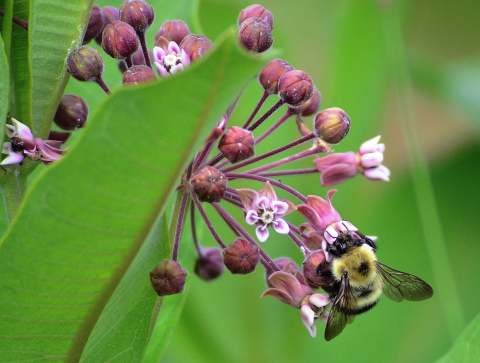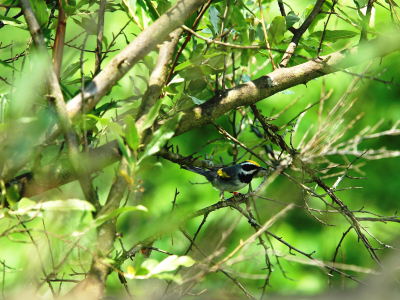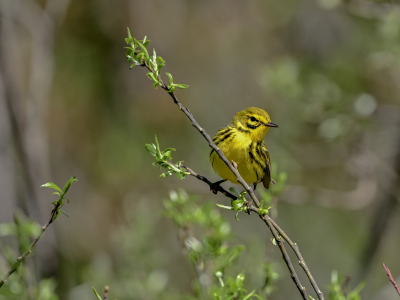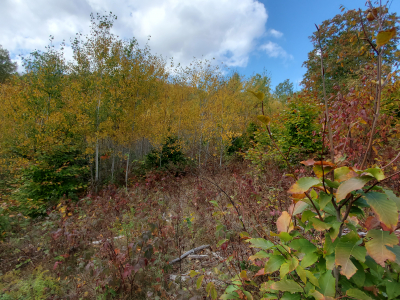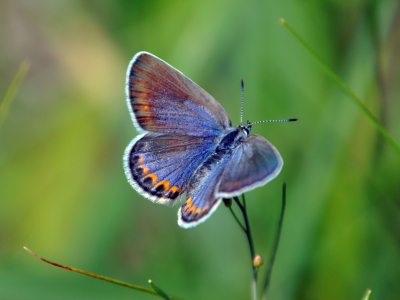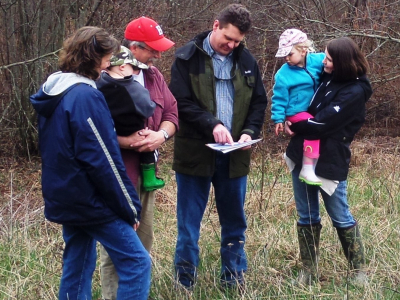Beauty is in the eye of the beholder. A migrating hawk may see a tangle of young forest and shrubland as a lovely place to pick up a rodent meal. Amid that jumble of vegetation, a black bear can gorge on blackberries to build up fat before winter’s hibernation. A New England or Appalachian cottontail may raise a litter of young there.
Wild Animals Need a Mix of Different Habitats
Most people know that wildlife needs older forest. They understand that grasslands and wetlands are also essential to our region's animals. To keep wildlife populations healthy, we need a mix of different habitats. Today we must meet the challenge of providing enough young forest and shrubland for the species that require it.
Partners and “Flagship Species”
Many agencies, organizations, land trusts, towns and counties, and timber products companies are making young forest and shrubland. Private landowners are creating such habitat, too. Making habitat for a small group of “flagship species” insures ample food and cover for many other kinds of wildlife, both rare and common.
Want to visit some young forest? A growing network of projects lets landowners and nature-lovers check out this exciting habitat and the wildlife that lives there. The mini-field guide Wildlife in Your Young Forest lists some of the wildlife that uses young forest as it grows back following a timber harvest or other management action.
Let's Keep Working for Wildlife
Making and renewing young forest and shrubland is an ongoing task – one that can deliver sustainable forest products, let landowners use their properties in economically sound ways, and boost forest health while providing critically needed homes for wildlife. This cooperative effort helps preserve our natural heritage for our children and grandchildren.
We believe that when people understand the importance of young forest and shrubland, they will welcome and support this effort to safeguard our native wildlife. And they’ll see the beauty of this special habitat.

